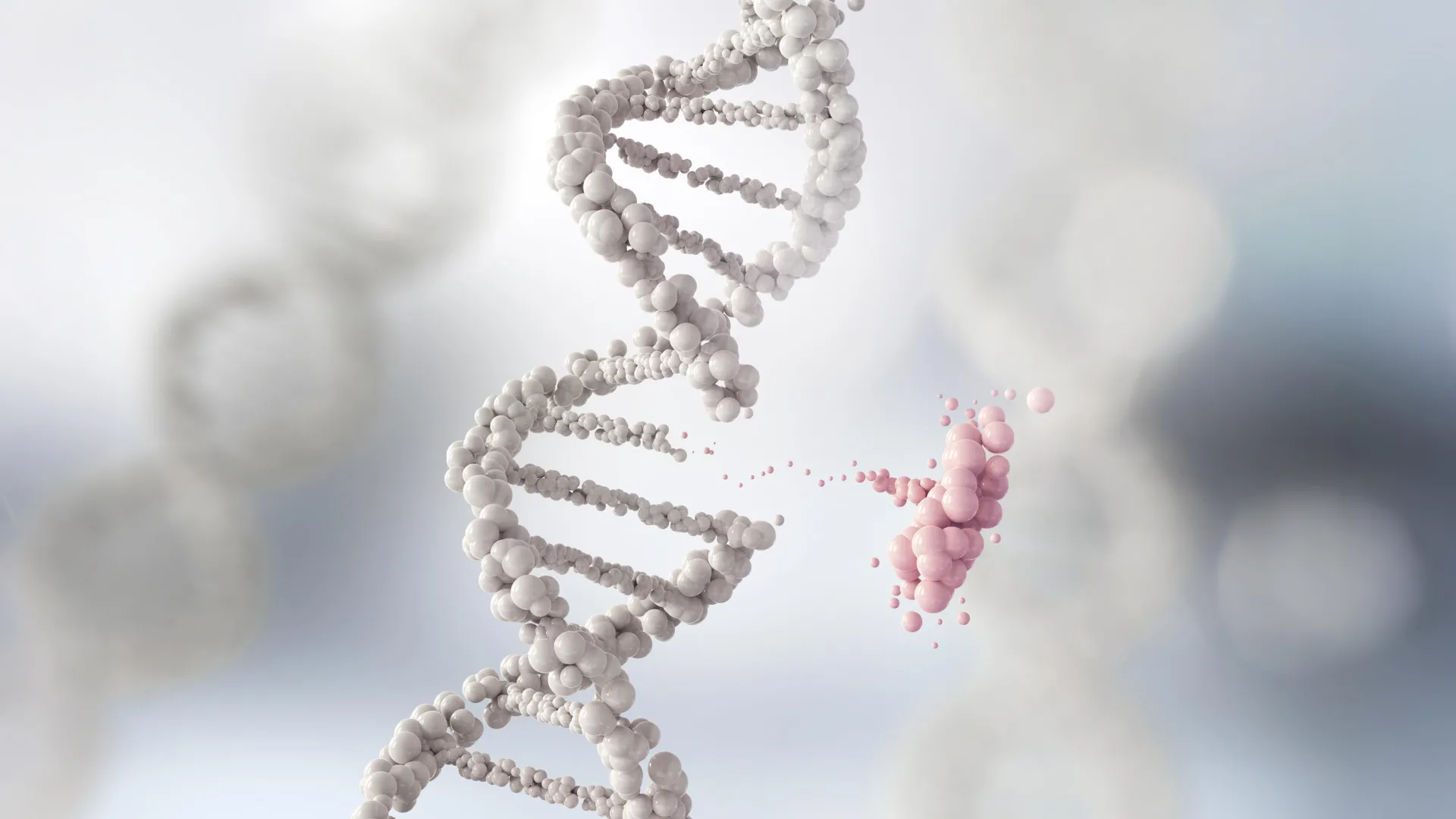CRISPR unlocks a new way to defeat resistant lung cancer

Researchers at ChristianaCare’s Gene Editing Institute have demonstrated that turning off the NRF2 gene with CRISPR technology can make lung cancer cells responsive to chemotherapy again. By blocking this gene, the treatment restores how tumors react to common cancer drugs and slows their growth. The study was published on November 14 in the journal Molecular Therapy Oncology.
This advance builds on more than ten years of work at the Gene Editing Institute, where scientists have closely investigated NRF2 and its role in therapy resistance. Their findings showed consistent results in both laboratory tests using human lung cancer cell lines and in animal studies designed to mirror real tumor behavior.
“We’ve seen compelling evidence at every stage of research,” said Kelly Banas, Ph.D., lead author of the study and associate director of research at the Gene Editing Institute. “It’s a strong foundation for taking the next step toward clinical trials.”
Expanding the Impact Beyond One Cancer Type
The study focused on lung squamous cell carcinoma, a fast-growing form of non-small cell lung cancer (NSCLC) that represents 20% to 30% of all lung cancer cases, according to the American Cancer Society. More than 190,000 people in the U.S. are expected to receive a lung cancer diagnosis in 2025.
Although the work concentrated on this specific disease, the findings point to broader applications. NRF2 overactivity plays a major role in chemotherapy resistance in several solid tumors, including cancers of the liver, esophagus and head and neck. These results indicate that CRISPR approaches aimed at NRF2 could eventually help restore drug sensitivity across multiple treatment-resistant cancers.
“This is a significant step toward overcoming one of the biggest challenges in cancer therapy — drug resistance,” Banas said. “By targeting a key transcription factor that drives resistance, we’ve shown that gene editing can re-sensitize tumors to standard treatment. We’re hopeful that in clinical trials and beyond, this is what will allow chemotherapy to improve outcomes for patients and could enable them to remain healthier during the entirety of their treatment regimen.”
Pinpointing a Mutation That Shields Tumors
The team focused on a tumor-specific mutation in the NRF2 gene known as R34G. NRF2 serves as a master controller of how cells respond to stress, and when it becomes overly active, cancer cells are better able to survive chemotherapy.
To counter this, researchers used CRISPR/Cas9 to engineer lung cancer cells carrying the R34G mutation and then knocked out the NRF2 gene. This change restored the cells’ responsiveness to widely used chemotherapy drugs such as carboplatin and paclitaxel. In animal models, tumors treated directly with CRISPR to remove NRF2 grew more slowly and responded more effectively to chemotherapy.
“This work brings transformational change to how we think about treating resistant cancers,” said Eric Kmiec, Ph.D., senior author of the study and executive director of the Gene Editing Institute. “Instead of developing entirely new drugs, we are using gene editing to make existing ones effective again.”
Significant Benefits Even With Partial Gene Editing
One of the most notable findings was that editing only 20% to 40% of tumor cells was enough to enhance chemotherapy response and reduce tumor size. This insight is important for clinical treatment, since altering every cancer cell in a tumor may not be possible.
For mouse studies, the researchers delivered CRISPR using lipid nanoparticles (LNPs), a non-viral system that offers efficiency while limiting the risk of unwanted genetic changes. Sequencing showed that the edits were highly targeted to the mutated NRF2 gene, with very few unintended modifications elsewhere in the genome.
“The power of this CRISPR therapy lies in its precision. It’s like an arrow that hits only the bullseye,” said Banas. “This level of specificity with minimal unanticipated genomic side effects offers real hope for the cancer patients who could one day receive this treatment.”
Source link

